Design for wellbeing, not just status.
The legal industry has been known for its demanding work culture, where putting in 80 or more hours a week was often the norm. The pursuit of partnership often came at the cost of personal relationships and overall wellbeing.
However, the global health crisis served as a catalyst for change, prompting legal professionals to reassess their priorities. According to the American Bar Association, compensation is no longer the most important consideration when deciding where to work – a healthier work-life balance is, including more flexible schedules. 65% say they expect to work remotely two to three days a week.* This concerns leaders who cite developing firm culture in a hybrid workplace is their biggest challenge.**
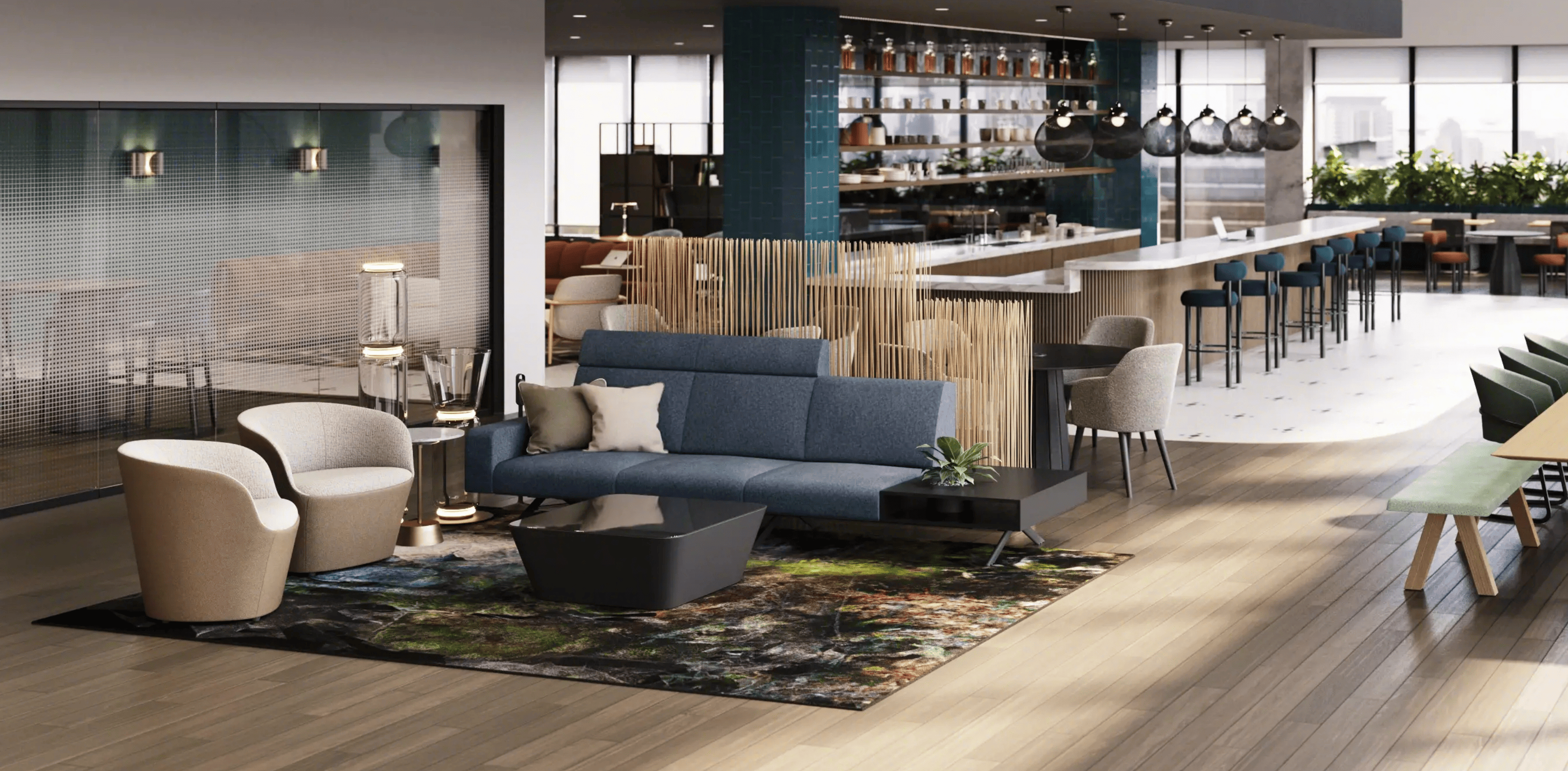
“For decades, law offices looked the same. Stately private offices, palatial conference rooms, and imposing lobbies were the norm, designed primarily as a tool to demonstrate status and prestige for clients. Firms now are being more responsive to employees’ needs, using a more human-centered approach,” says Keith Bujak, principal researcher of Steelcase Workplace Futures. Bujak led a research project to understand how the workplace can better accommodate law practitioners’ changing needs. The research was conducted in the U.S. and Canada and included primary and secondary sources.
The rapid adoption of new technologies is driving change. The majority (66%) of firms expect to increase spending on technology to support a more flexible working environment, with IT security and networking capabilities being the top priorities.* “The pandemic accelerated digital transformation,” says Bujak. “No longer dependent on paper and desktop computers, mobile technology allows people to work anywhere.”
According to a 2022 Steelcase study, the majority of law practitioners in the U.S. and Canada are working in the office three or more days a week (among the highest, compared to other industries), and they say they are coming in to collaborate and connect with others. Those who come in two days or less also cite collaboration as their top reason but also rank social activities very high.
Law offices need to ensure spaces are optimized for all these activities and accommodate new work behaviors, says Bujak. “It’s no longer enough to just have an impressive office for clients. Law firms need to create nurturing experiences for people that feel more human.” This shift from status to performance has firms looking more inward toward their employees and exploring how space can enhance wellbeing and work performance.
New Workplace Experience Drivers
Steelcase researchers identified three factors driving the new workplace experience. Law firms need to design for:
Inclusion
All voices should be part of the conversation to identify everyone’s needs and design spaces that support unique work processes.
Flexibility
New talent is attracted by flexible work schedules and the ability to work and connect in different locations which requires more flexible space, tools, and technology.
Wellbeing
Emerging values require a nurturing work experience that is regenerative. People expect to feel better after a day at work and they need spaces where this can happen.
Steelcase research has identified how spaces need to change to better accommodate law practitioners’ needs.
Community Spaces
This central hub is new for most law offices. Ideally situated in a prominent location, it’s designed to bring people together, nurture culture, and provide an authentic view into the firm while demonstrating to clients a high level of professionalism. This high-performing space supports mobile technology and is meant to be used by everyone to get work done, meet with peers, regenerate, and host community-building events.
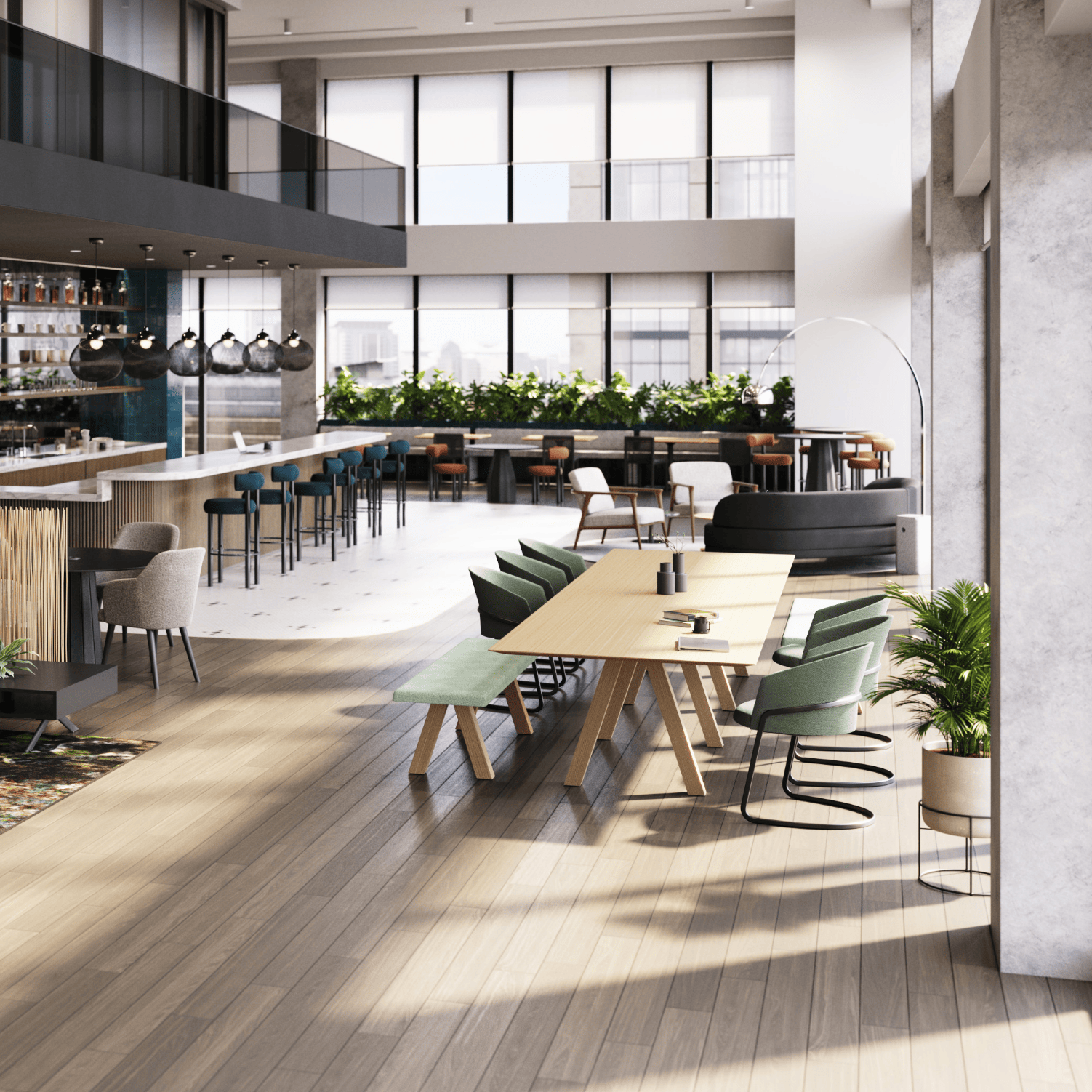
Private Office
Hybrid work has changed the purpose of the private office and shrinking office sizes need to do more. Previously designed mostly for focus work, private offices now need to support multiple work modes and enable people to seamlessly shift between focus and collaboration, host both in-person and remote colleagues, express their personal brand and personality, and provide storage.
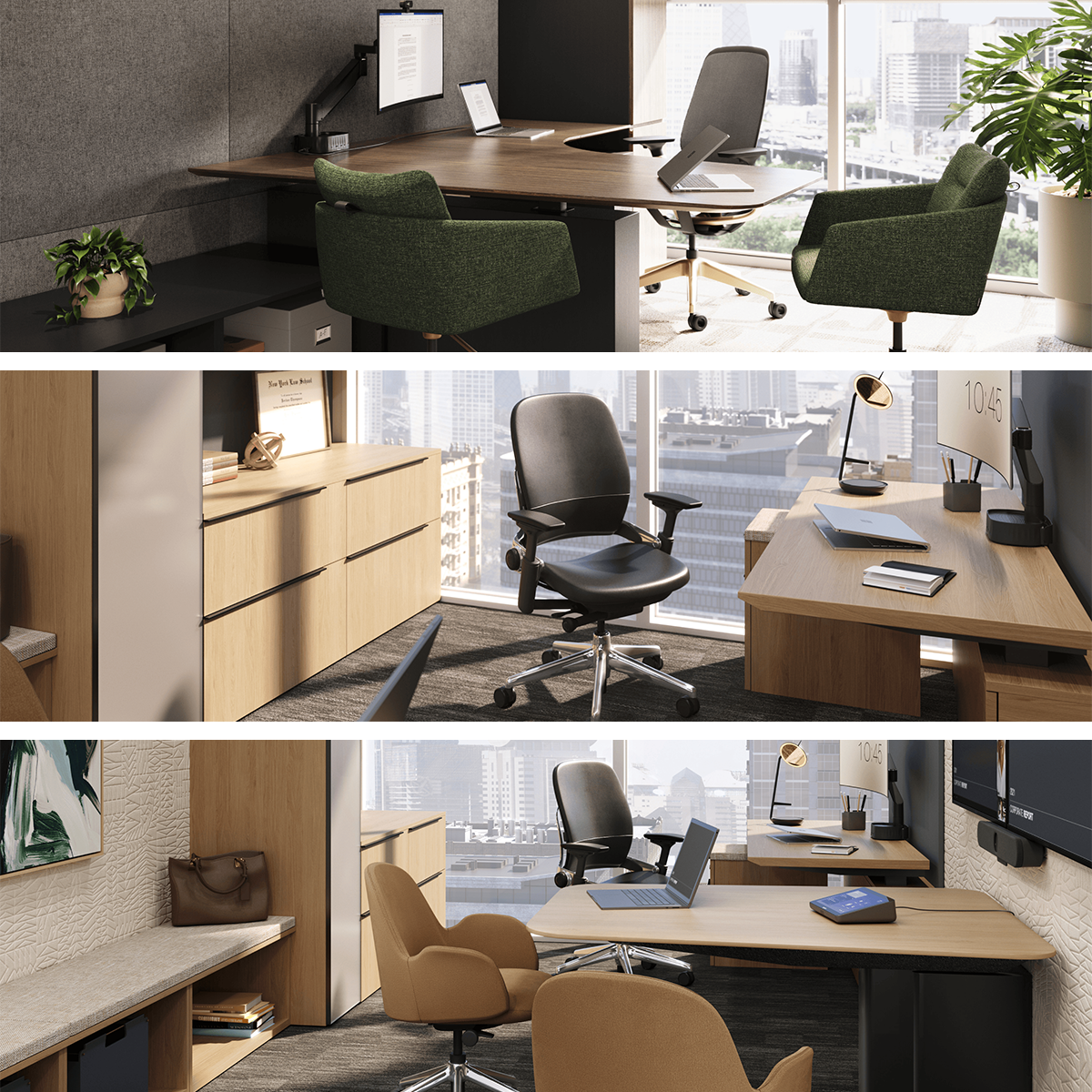
Conference Center
Traditionally designed to project prestige, now the Conference Center needs to act as a high-performing multifunctional space that supports relationship building. Flexible furniture and technology create spaces that support hybrid work, meetings, training sessions, and community events, while still reflecting the firm’s brand.
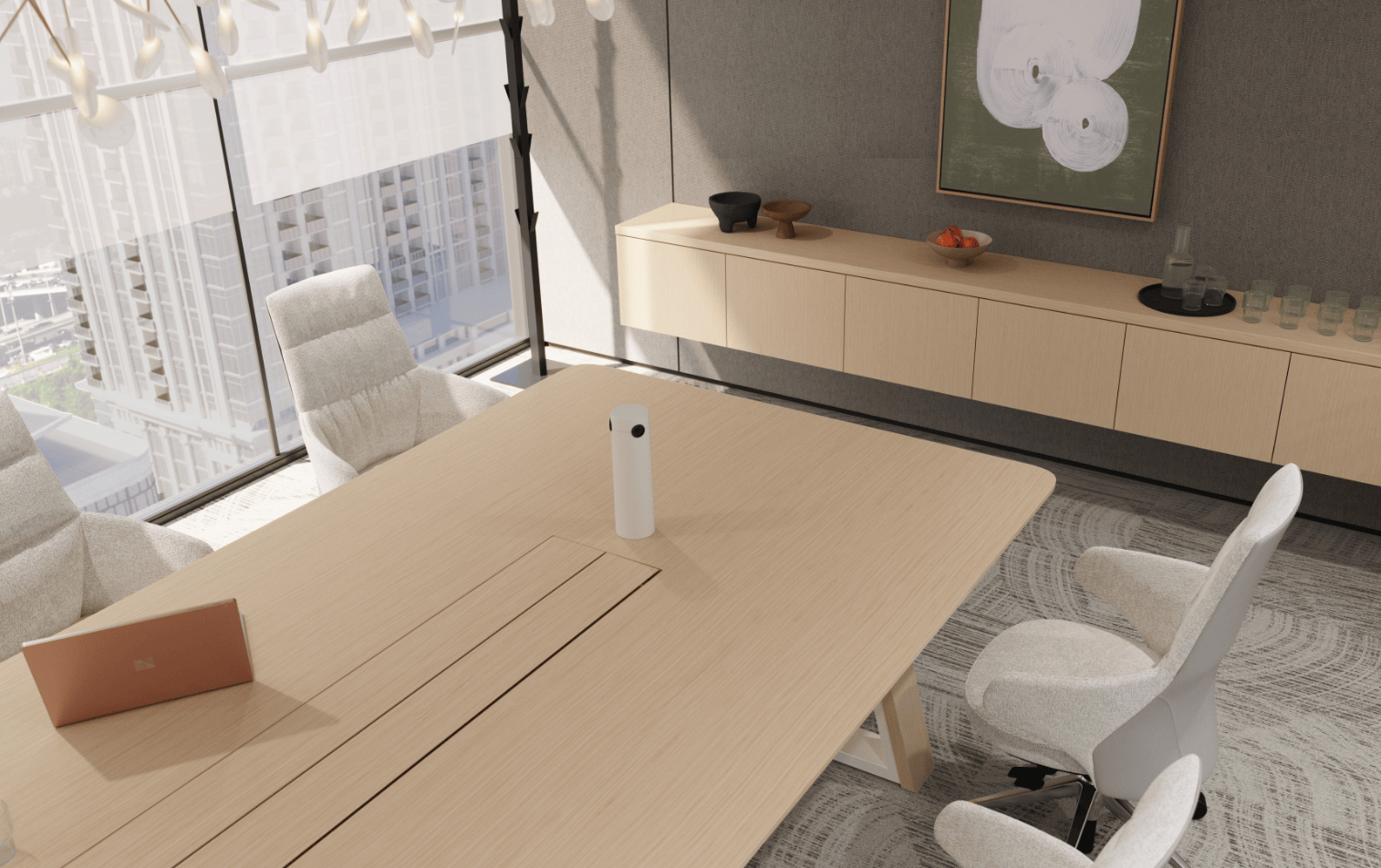
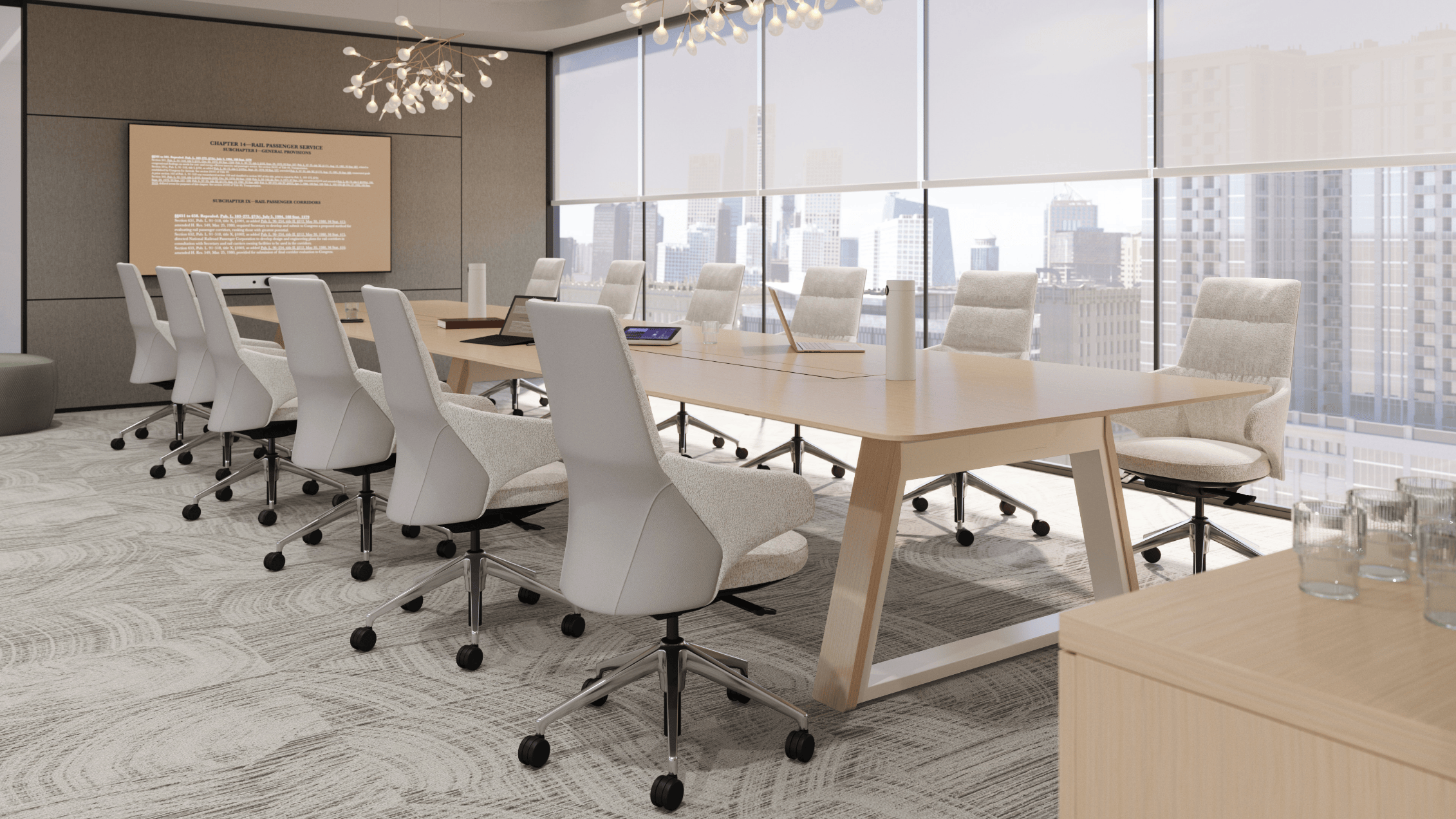
Virtual Courtroom
The pandemic catalyzed the use of video conference technology to interact with the court system. The Virtual Courtroom allows legal professionals to connect virtually to live court proceedings and fully participate by creating a more equitable experience for everyone.
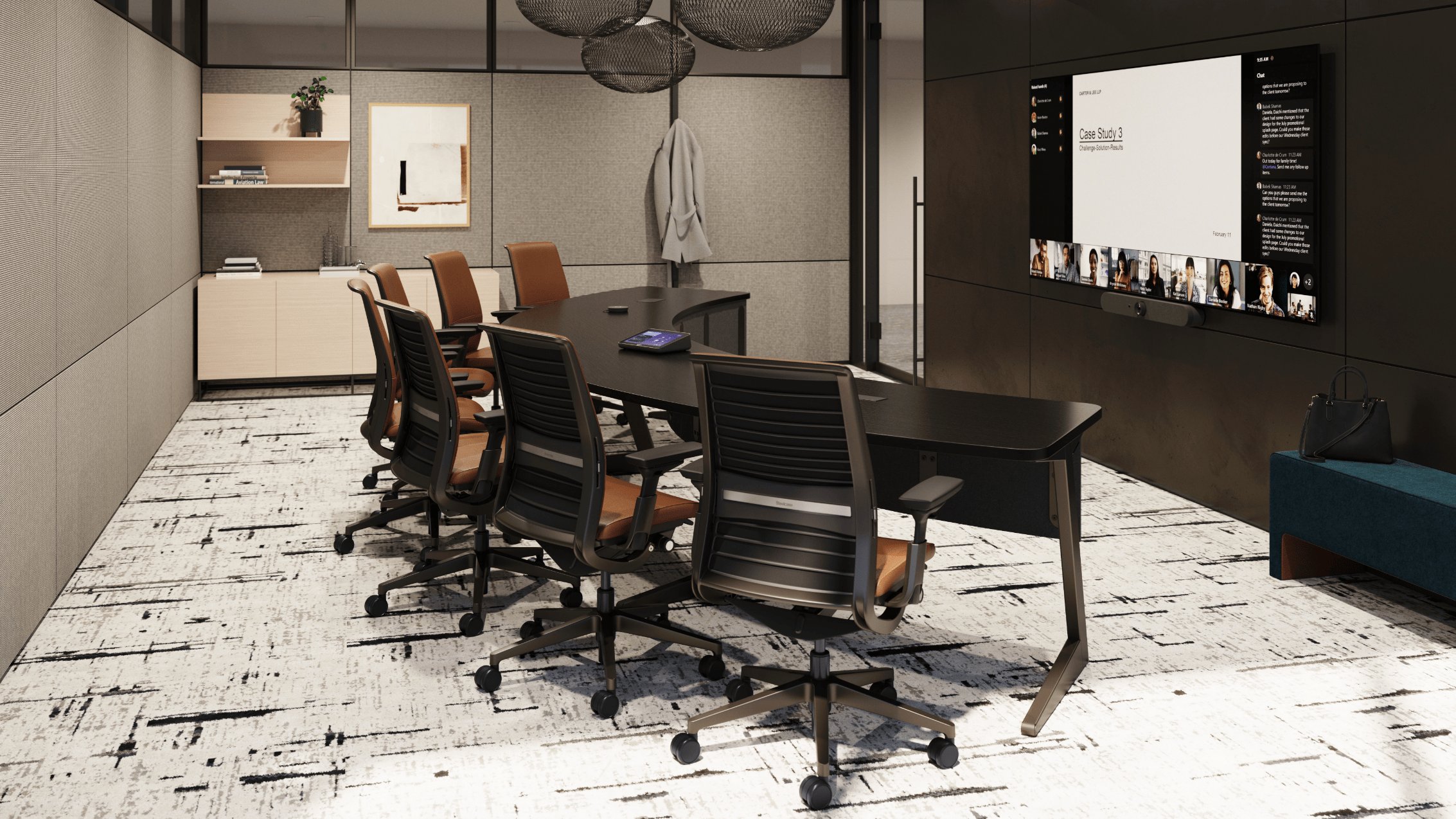
Wellness Hub
As partners recognize a greater need to nurture and support their employees’ wellbeing, Wellness Hubs have started to emerge in law offices. These destinations provide a natural calming environment for both the body and mind to help people do their best work. Diverse settings (both open and enclosed, range of seating options, etc.) reflecting the specific needs for employees’ wellbeing support inclusion and psychological safety.
Law firms are adapting to support a hybrid workforce and have realized their offices need to evolve and do more. They’re breaking away from what Cushman & Wakefield call “the traditional mode of a one-size-fits-all model” and recognizing “the importance of the office as the ‘firm anchor,’ a focal point of firm culture, for training, mentorship and collaboration.”*
Steelcase WorkSpace Futures Researchers Patricia Kammer and Keith Bujak contributed to this study.
*Cushman & Wakefield’s 2022 National Legal Sector Benchmark Survey Results
**Georgetown Law
